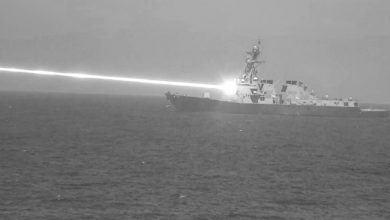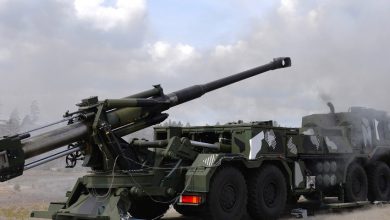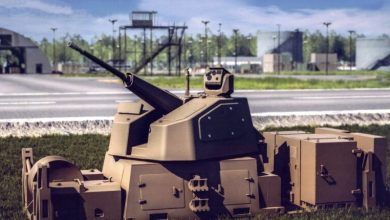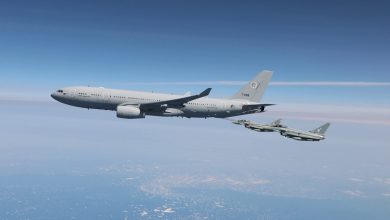Analysis: Globalizing NATO for 2nd cold war
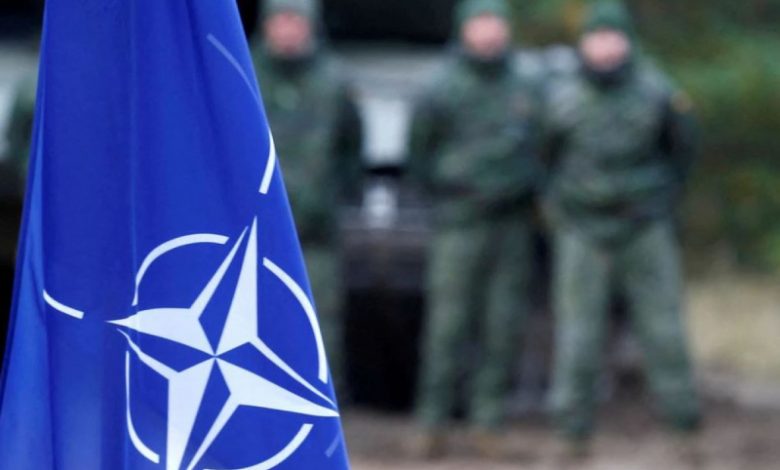
We are entering a period of ‘Cold War II’ that will encompass Asia-Pacific, even polar regions
The messages given by the heads of state and government on NATO’s transformation at the 31st official meeting of the alliance on June 14, 2021 in Brussels were implemented in this year’s summit in Madrid.
A paradigm shift in NATO
NATO, whose existence began to be questioned after the end of the first Cold War, had already assigned a global role to itself at the Washington Summit in 1999. The terror attack targeting the US on Sept. 11, 2001, the effects of the 2008 global economic crisis and optimism that reached Russia as a strategic partner in 2010 delayed the action toward the transformation of the alliance.
The inertia reached such a level that in 2019, French President Emmanuel Macron claimed that “NATO is brain dead.”
“Facing the war in Ukraine, Türkiye and France are more committed than ever to the unity and power of the Transatlantic alliance,” the French president said after the NATO summit in Madrid on June 29 regarding the geopolitical climate changed by the Russia-Ukraine war.
Although it was stated at the Madrid Summit that there was a transition to a new strategic concept, it would not be out of place to say that this is a more radical paradigm shift than it seems in terms of the alliance.
With the participation of the heads of government and state of Japan, Australia, New Zealand, and South Korea, it has been confirmed that the alliance will go beyond its Transatlantic identity and wave a flag in the Trans-Pacific geography by 2023.
The place occupied by the People’s Republic of China in the new strategic concept document is also proof of with which target the Trans-Pacific identity was created.
Russia, which is mentioned 17 times in the 16-page document, and the People’s Republic of China, mentioned 10 times, are in the first two places. While the term “terrorism” is used seven times, Africa is mentioned four times, the Middle East three, the Balkans and Afghanistan once each.
NATO’s journey from Europe to Asia
When Washington established NATO in 1949 to stop the USSR (Union of Soviet Socialist Republics), whose expansionist ambitions were detected, the purpose shared with the public was that Western Europe would not again face a totalitarian threat like Nazi Germany.
The threat became concrete in a short time — first as the USSR and later as the Warsaw Pact. The fall of the Berlin Wall in 1989 and the dissolution of the USSR in 1991 were not enough for NATO’s mission to come to an end. Developments such as the Iraqi invasion of Kuwait and the Yugoslav Civil War served to preserve the belief in the existence of a global military alliance.
Although the Sept. 11 attacks and the global fight against terrorism reinforced this need, the turning point for the future of the alliance was developments in the global economic competition that brought the US and China face-to-face.
In messages given first by then-US Secretary of State Hillary Clinton in 2011 and a year later by US President Barack Obama during their visits to Asian countries, Washington declared that the “honeymoon” with the Beijing administration had come to an end.
Beginning in 2012, the US navy began to have a greater presence in the Taiwan Strait and the South China Sea. The first step of the strategic concept change in Madrid was taken in May 2018. Visiting the Pearl Harbor naval base in Hawaii on May 30, 2018, US Secretary of Defense Jim Mattis announced that the name of the “United States Pacific Command” had been changed to “United States Indo-Pacific Command.” This was the first concrete step in the construction of NATO’s Trans-Pacific identity. The operation to encircle China had begun.
Chinese-Russian strategic relations, Ukraine War
The victory of Joe Biden, the Democratic Party’s candidate in the presidential election, in 2020, brought the US declaration that it would again take the lead in the struggle for global leadership. While the Biden administration’s claim to leadership inflamed the unipolar-multipolar debate, it deepened the strategic relations between China and Russia.
The increasing tensions centered on Ukraine in 2021 caused China to enter the alliance’s radar at the NATO Summit held in Brussels that same year. The Biden administration has not only targeted China-Russia strategic relations. Along with 2021, the policy of rapprochement with the Beijing administration, built by then-US President Richard Nixon and National Security Advisor Henry Kissinger in 1972, by pushing Taiwan aside, became history.
Another concrete step toward the containment of China at the military level was the declaration of the US-UK and Australia alliance, AUKUS, in September 2021.
Although it was initially perceived as a submarine tender that the US threw at its ally, France, through the transfer of nuclear submarine technology to Australia, it was clear that the target of the alliance was China. The attempts by the US and UK to include Japan in AUKUS for a more effective siege against China were also reflected in the press.
The Ukraine War, which started on Feb. 24, clearly drew front lines. Sanctions put into effect after the war revealed that the West intends to defeat Russia not only militarily but also economically and politically, and to come to China’s doorstep by changing the Putin administration.
The parties said their last words in June 2022.
At the 25th St. Petersburg International Economic Forum, Russian President Vladimir Putin said they will not allow the unipolar world order that the US wants to establish and that European countries will be harmed by sanctions imposed on the country.
Similar messages were echoed by Xi Jinping at the 14th BRICS Summit, hosted online by China on June 23. Arguing that the reality of the multipolar world order cannot be prevented, Xi warned the US-led West by saying: “Those who try to politicize the global economy and use their dominance in the international financial and monetary systems as leverage and weapons for themselves will eventually harm themselves and others, and bring disaster to the whole world.”
While addressing the leaders of China, India, Brazil, and South Africa at the summit, Putin argued that the US-led Western world is trying to make the whole world pay for its macroeconomic mistakes. The Western world responded harshly to calls by China and Russia for a multipolar world order, first at the G7 summit in Germany and then at the NATO Summit in Spain, supported by new economic sanctions and military measures.
NATO’s Trans-Pacification process has begun
In the new strategic concept of NATO, which includes a paradigm shift at its core, China was included for the first time as a source of “threat.”
Expressing the Beijing administration as a state “trying to overthrow the rules-based international order” indicates that the alliance can put into effect several measures on an unprecedented scale against the country.
A statement saying “the malicious hybrid and cyber operations of the People’s Republic of China and its confrontational rhetoric targets the allies and harm the security of the alliance,” is among the accusations targeting China in the strategic concept document. In the strategic concept document, it was stated that cyber and hybrid attacks could activate Article 5 of the North Atlantic Treaty for the total protection of allies.
2023 will be the beginning of a period when NATO will not be satisfied with making an extraordinary build-up in Europe.
We are entering a period in the Indo-Pacific region where NATO navies will display the flag, regional military alliances such as AUKUS will engage more closely with NATO, and the second cold war will encompass the Asia-Pacific and even the north and south polar regions.
*Opinions expressed in this article are the author’s own and do not necessarily reflect the editorial policy of Anadolu Agency.


